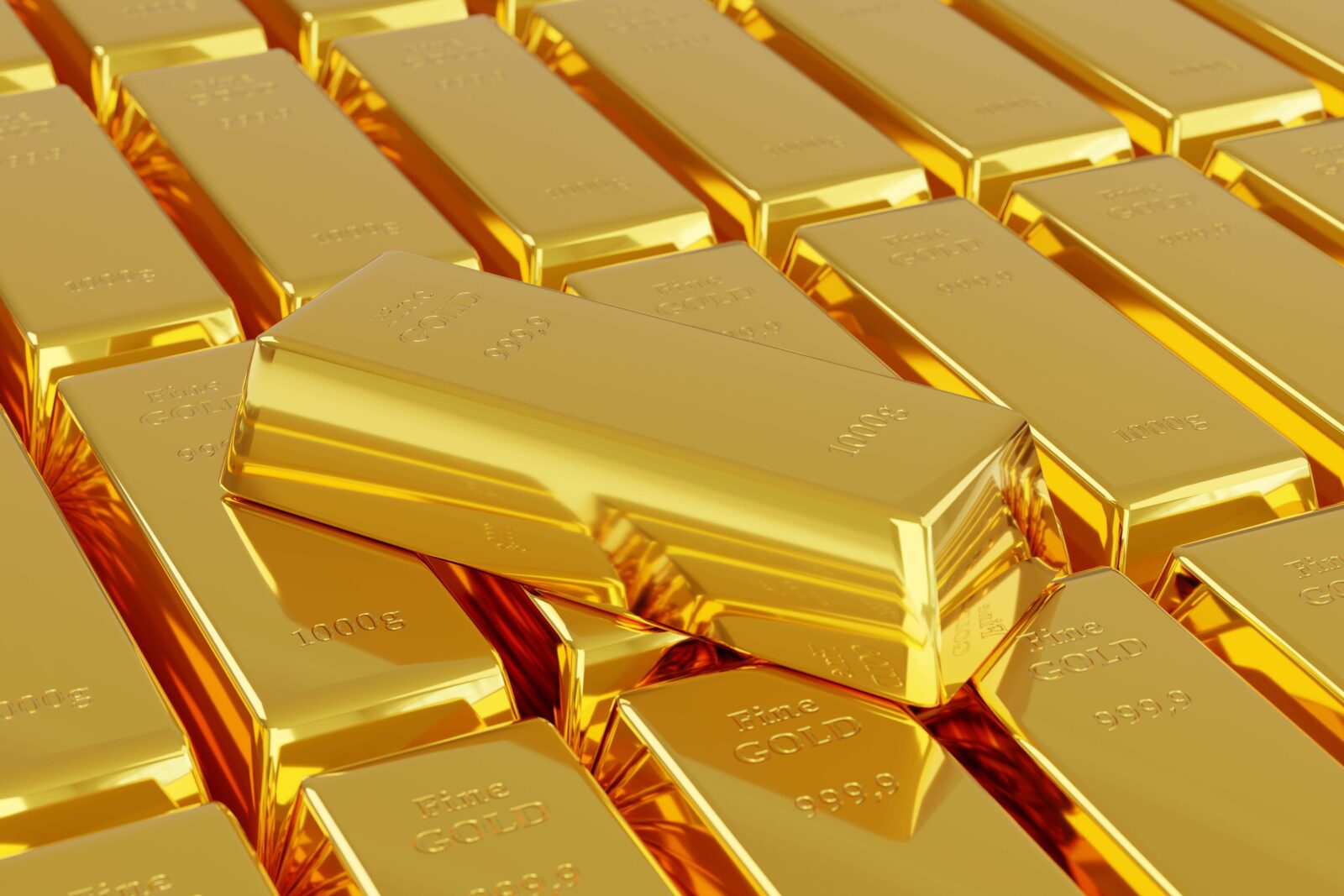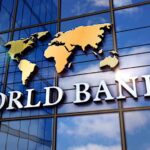Gold prices soared to unprecedented levels this week, with futures on the New York Mercantile Exchange surpassing $4,000 per ounce for the first time in history. This milestone underscores deepening global economic and political anxiety. The record-breaking rally has sent shockwaves through financial markets and cemented gold’s reputation as the world’s ultimate safe-haven asset.
In early Asian trading on Tuesday, London spot gold followed closely behind, surging to around $3,980 per ounce during intraday sessions. The sharp rise reflects a growing retreat by investors from riskier assets like stocks and cryptocurrencies, as they brace for heightened global uncertainty and potential economic slowdowns across major economies.
Analysts point to a perfect storm of factors driving the surge from looming fears of a U.S. government shutdown and fiscal instability, to mounting economic challenges in France and Japan, and persistent geopolitical tensions in the Middle East and Eastern Europe. The combination of these pressures has triggered a wave of “flight-to-safety” behavior, as institutional and retail investors alike pour capital into precious metals.
“Gold is acting as a mirror for the world’s anxiety,” said one market strategist. “When investors lose confidence in currencies, equities, or political stability, they turn to gold and the latest rally shows that global confidence is extremely fragile right now.”
According to a report by CNBC, the price surge highlights a broader shift in investor sentiment, with many moving away from volatile markets in favor of tangible assets that can retain value in turbulent times. The demand has been particularly strong from central banks and hedge funds seeking to diversify their holdings amid concerns about inflation, debt, and weakening consumer confidence.
Market watchers say the momentum could continue if central banks, particularly the U.S. Federal Reserve, signal further delays in interest rate cuts or issue warnings about slowing global growth. While high interest rates typically dampen gold’s appeal because it doesn’t yield income, the current environment marked by political instability and fears of economic contraction appears to have outweighed those concerns.
The psychological breakthrough of the $4,000 mark is significant not only for traders but also for governments that rely heavily on gold reserves. Analysts predict that emerging economies may increase their gold purchases to shield themselves from currency fluctuations and the declining value of foreign exchange reserves, particularly the U.S. dollar.
Gold’s meteoric rise also comes amid growing geopolitical uncertainty, including tensions in the South China Sea, the ongoing war in Ukraine, and unrest in several African and Middle Eastern nations. Each of these factors contributes to a risk-averse global environment where gold’s stability shines even brighter.
Economists caution, however, that such rapid gains may invite short-term corrections if global markets stabilize or if central banks adopt more assertive monetary measures. Still, many investors see gold’s long-term trajectory as firmly upward, especially as global debt levels, inflationary pressures, and political divisions deepen.
For now, gold remains the asset of choice for those seeking shelter from the storm. With markets on edge and uncertainty dominating the global outlook, the world’s oldest store of value continues to prove its enduring power, glittering brighter than ever as it crosses the historic $4,000 milestone.














Leave a comment